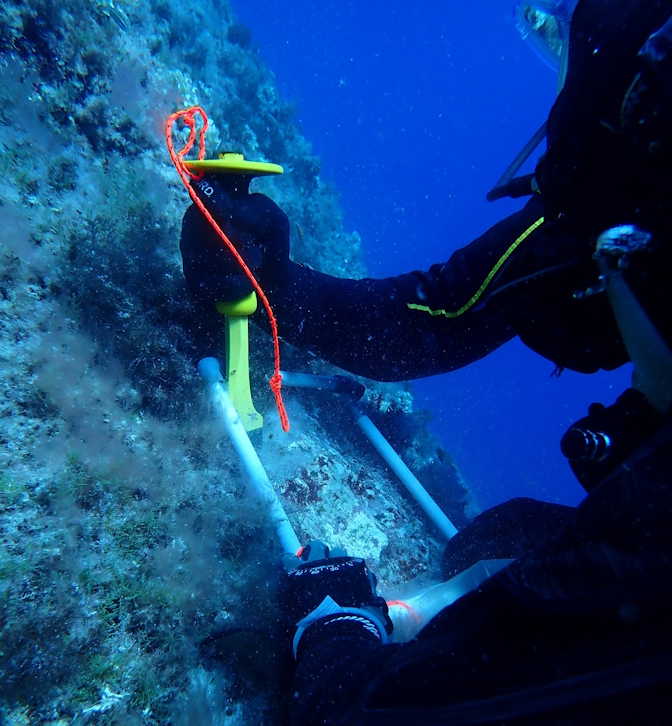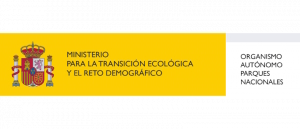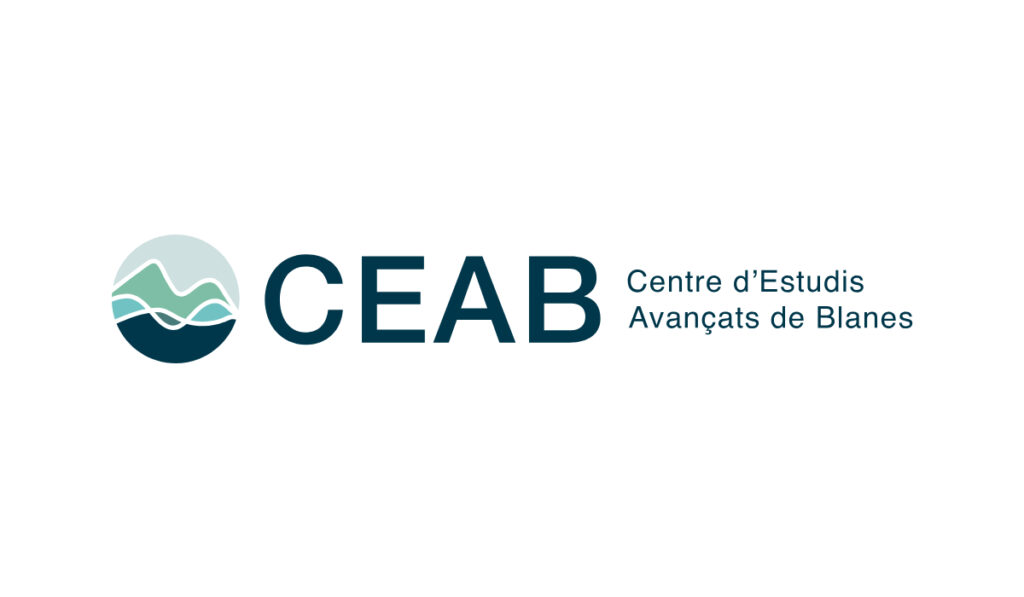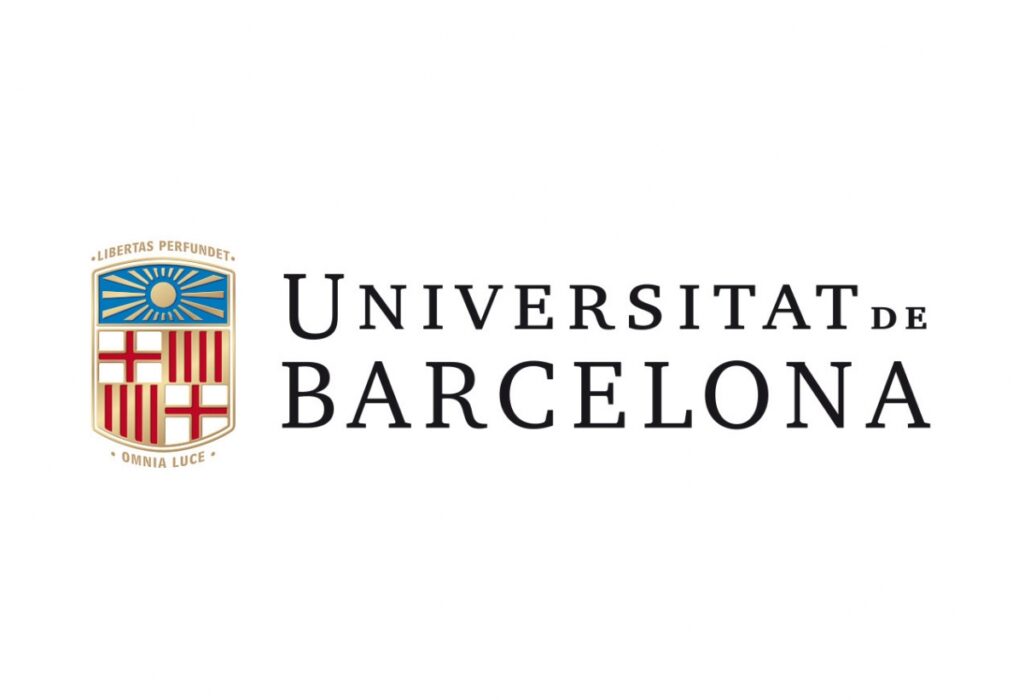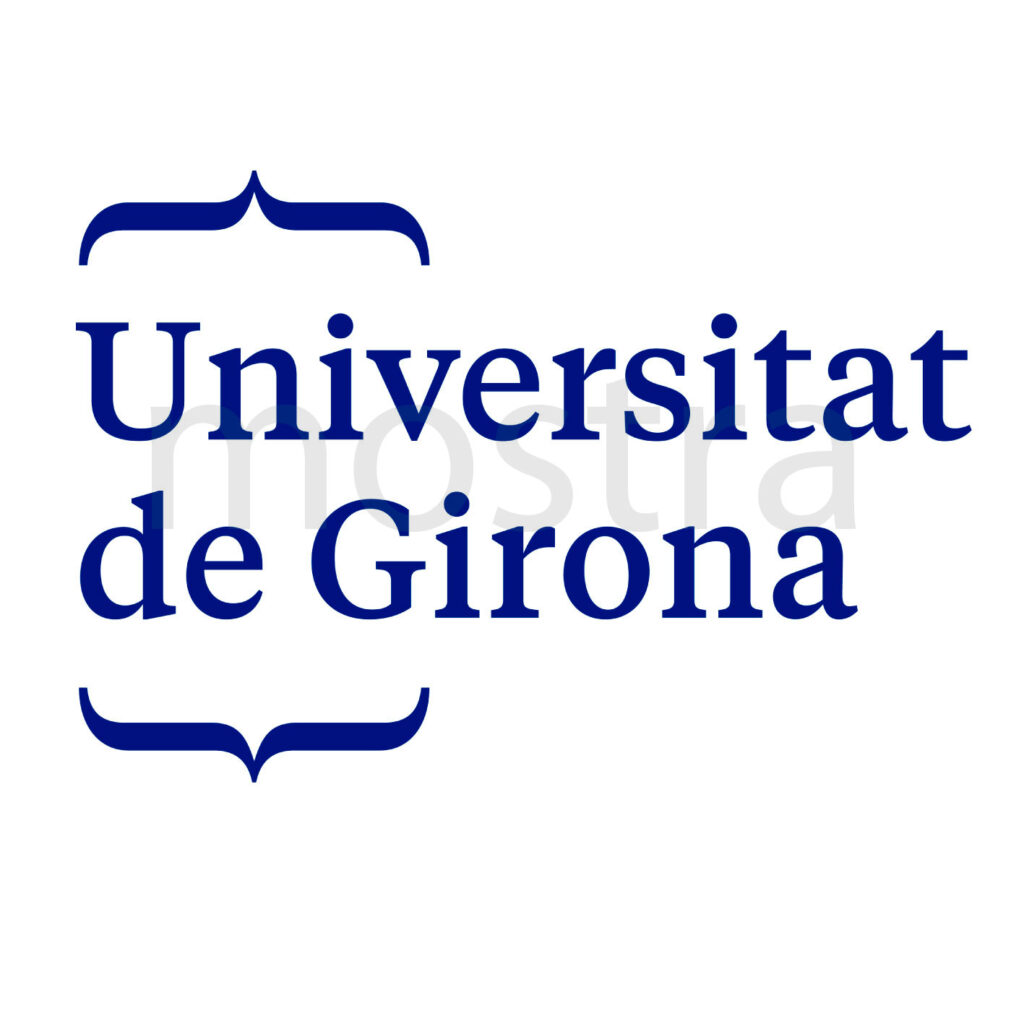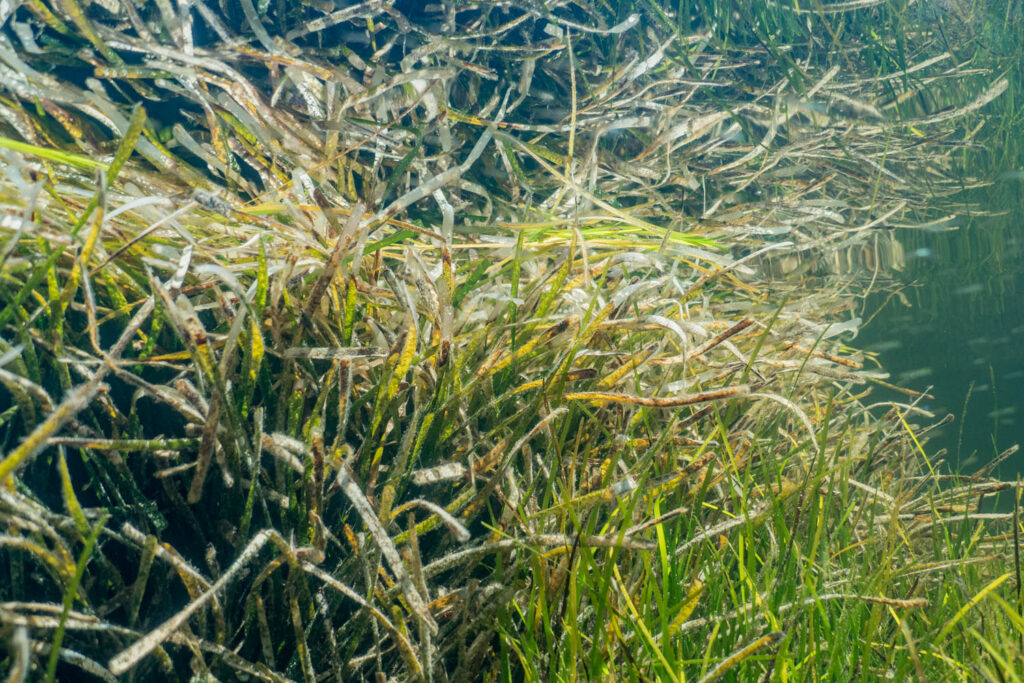The BIGPARK project uses metabarcoding techniques on benthic marine communities affected by the arrival of invasive species in the Cabrera Archipelago National Park and the Atlantic Islands of Galicia National Park. With the data, a time series of more than 6 years (2014-2021) will be completed on the genetic monitoring of benthic marine communities, making it one of the longest genetic data series for the study of benthic marine communities.
The Molecular Ecology of Marine Benthos Group from the Centre for Advanced Studies of Blanes (CEAB-CSIC), along with researchers from the University of the Arctic in Norway (UIT), the University of Barcelona (UB), and the University of Girona (UdG), under the BIGPARK project, have begun applying metabarcoding techniques in complex marine communities to study the biodiversity of these ecosystems.
The BIGPARK project will carry out genetic monitoring using the metabarcoding technique on benthic marine communities in National Parks with maritime domain, such as the Cabrera Archipelago National Park and the Atlantic Islands of Galicia National Park. In these parks, different benthic marine communities affected by the arrival of invasive species in the context of global warming will be studied to characterize the present biodiversity and evaluate the state and evolution of these marine communities in order to manage their conservation. The project is funded by the Autonomous Agency of National Parks of the Spanish government.
This project will complete a time series of more than 6 years (2014-2021) on the genetic monitoring of benthic communities, making it one of the longest genetic data series for the study of benthic marine communities.
Until now, this type of study has been carried out only on samples of water, land, or sediments, but the technique has never before been applied to complex benthic marine communities.
Genetic study methods using environmental DNA and high-performance sequencing, known as metabarcoding, are revolutionizing the study of marine biodiversity, as they allow the biodiversity present in a community to be identified by reading the DNA from environmental samples.
The study of biological and ecological parameters is vital for assessing the state of biodiversity in marine ecosystems and for making appropriate management and conservation decisions for the natural environment and the oceans. Studying biodiversity involves understanding all organisms in an ecosystem, from the largest to the microscopic.
Traditionally, studying biodiversity meant spending many hours identifying species and organisms both in the sea and in the laboratory. With advances in technology, new techniques and methods for studying marine biodiversity are emerging, allowing for a more thorough and efficient analysis of communities and ecosystems.
What is metabarcoding and how does it work?
Metabarcoding is a genetic study technique that extracts DNA from a community and performs sequencing (reading of the genetic code) of one or a few genes, obtaining a large number of sequences from each sample. The DNA sequence obtained from each sample is then identified to determine which species or type of organism it corresponds to using molecular databases.
This way, we can understand the biodiversity of an entire community from small environmental samples, which contain genetic material from present organisms, as well as organisms that have recently been in the community and left a trace of their DNA.
“There is a lot of hidden biodiversity. Traditional systems can identify at most a few hundred species, while with these methods, we obtain thousands. Especially microorganisms, endosymbionts, and other types of meiofauna that could perform key tasks for the proper functioning of these ecosystems,” explains Xavier Turon, research professor at CEAB and member of the Molecular Ecology of Marine Benthos Group.
The future of metabarcoding
As a relatively new field of study, the databases for species identification are incomplete, and many organisms cannot be identified, or are identified at a very general level. However, more and more studies and works are being conducted, improving the databases and sequences that, due to a lack of data, cannot currently be identified. In the near future, these sequences may be assigned to specific species.
Improvements in sampling methods, as well as in DNA sequencing and amplification technology, and the growing number of studies in this field, are resulting in a revolution in the study of marine biodiversity, making it faster, simpler, and more effective than previous methods.

